New study about the 'tsunami' in Venus's clouds
Sunday, 26 March 2023 10:08 A group of scientists from the University of Seville, in collaboration with experts from the University of the Basque Country, has led the first detailed study of the evolution of the discontinuity of Venus's clouds, a gigantic atmosphere wave with the appearance of a "tsunami" that is propagated in the planet's deepest clouds and which, it is believed, may be playing a very significant role in
A group of scientists from the University of Seville, in collaboration with experts from the University of the Basque Country, has led the first detailed study of the evolution of the discontinuity of Venus's clouds, a gigantic atmosphere wave with the appearance of a "tsunami" that is propagated in the planet's deepest clouds and which, it is believed, may be playing a very significant role in AI finds that first stars were clustered together
Sunday, 26 March 2023 10:08 An international team has used artificial intelligence to analyze the chemical abundances of old stars and found indications that the very first stars in the Universe were born in groups rather than as isolated single stars. Now the team hopes to apply this method to new data from on-going and planned observation surveys to better understand the early days of the Universe.
After the Big Ba
An international team has used artificial intelligence to analyze the chemical abundances of old stars and found indications that the very first stars in the Universe were born in groups rather than as isolated single stars. Now the team hopes to apply this method to new data from on-going and planned observation surveys to better understand the early days of the Universe.
After the Big Ba Small stars may host bigger planets than previously thought
Sunday, 26 March 2023 10:08 Stars with less than half the mass of our Sun are able to host giant Jupiter-style planets, in conflict with the most widely accepted theory of how such planets form, according to a new study led by UCL and University of Warwick researchers.
Gas giants, like other planets, form from disks of material surrounding young stars. According to core accretion theory, they first form a core of roc
Stars with less than half the mass of our Sun are able to host giant Jupiter-style planets, in conflict with the most widely accepted theory of how such planets form, according to a new study led by UCL and University of Warwick researchers.
Gas giants, like other planets, form from disks of material surrounding young stars. According to core accretion theory, they first form a core of roc Exolaunch slots in over 15 customer satellites onto Spacex Transporter-7 from Vandenberg
Sunday, 26 March 2023 10:08 For its seventh dedicated rideshare mission with SpaceX, Exolaunch, a global leader in small satellite launch services, mission management and deployment systems, performed the integration of over 15 satellites for customers around the globe. The SpaceX Transporter-7 mission is scheduled for launch to a Sun-Synchronous Orbit (SSO) above 500 km from Vandenberg Space Force Base in California no ea
For its seventh dedicated rideshare mission with SpaceX, Exolaunch, a global leader in small satellite launch services, mission management and deployment systems, performed the integration of over 15 satellites for customers around the globe. The SpaceX Transporter-7 mission is scheduled for launch to a Sun-Synchronous Orbit (SSO) above 500 km from Vandenberg Space Force Base in California no ea Space Force selects 18 vendors to provide space data analytics and software services
Saturday, 25 March 2023 22:25
The Space Systems Command announced March 24 it has selected 18 vendors to provide data analytics and software services to help decision makers analyze information about the space domain.
Canada agrees to ISS extension to 2030
Saturday, 25 March 2023 21:35
The Canadian government formally committed March 24 to an extension of the International Space Station to 2030, joining other Western partners but not Russia.
Large asteroid to zoom between Earth and Moon
Saturday, 25 March 2023 11:01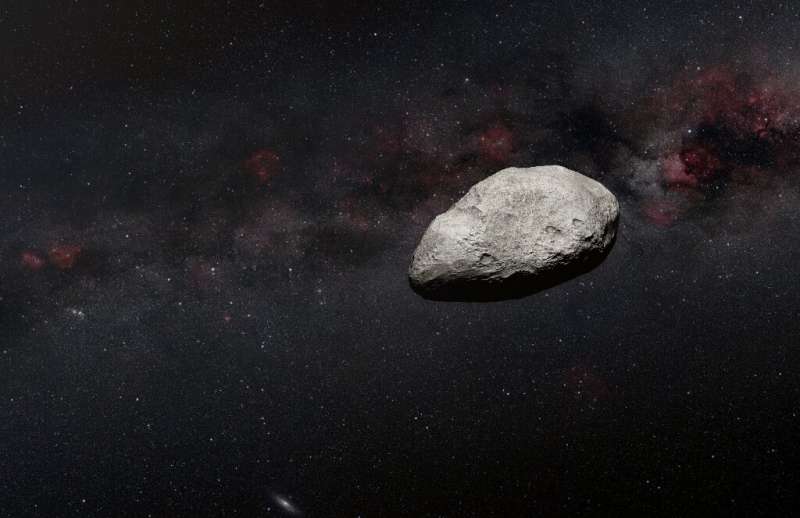
A large asteroid will safely zoom between Earth and the Moon on Saturday, a once-in-a-decade event that will be used as a training exercise for planetary defense efforts, according to the European Space Agency.
The asteroid, named 2023 DZ2, is estimated to be 40 to 70 meters (130 to 230 feet) wide, roughly the size of the Parthenon, and big enough to wipe out a large city if it hit our planet.
At 19:49 GMT on Saturday it will come within a third of the distance from the Earth to the Moon, said Richard Moissl, the head of the ESA's planetary defense office.
Though that is "very close", there is nothing to worry about, he told AFP.
Russians, American delayed in space to return in September
Friday, 24 March 2023 20:41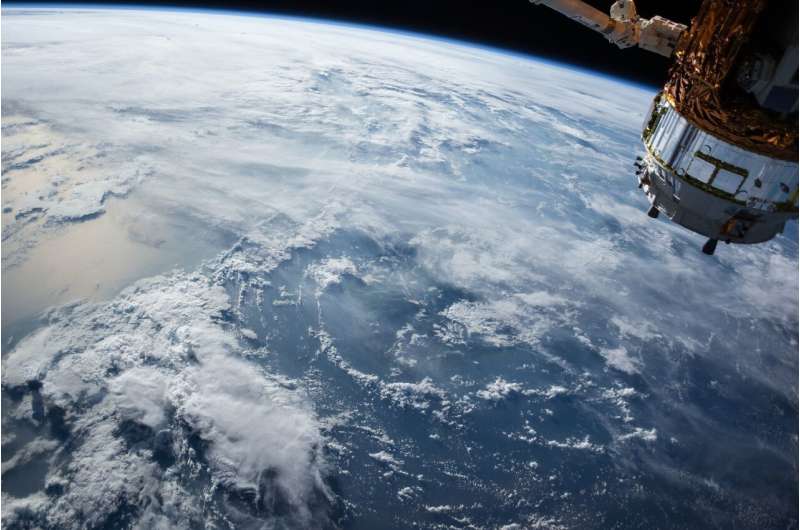
Two cosmonauts and an astronaut who were supposed to leave the International Space Station this month will be brought back to Earth in late September, doubling their time aboard the orbiting laboratory to more than a year, Russia's space agency announced Friday.
The return of Russians Sergey Prokopyev and Dmitri Petelin, and NASA's Frank Rubio was delayed after the Soyuz capsule they planned to ride in developed a coolant leak while docked to the space station.
An empty Soyuz was sent to the station in late February to serve as a rescue capsule. The three-person replacement crew that was originally scheduled to be aboard that capsule is now set to head for the space station on Sept. 15, the Roscosmos space agency said.
Prokopyev, Petelin and Rubio are to return on Sept. 27; they launched into space on Sept. 21, 2022.
© 2023 The Associated Press. All rights reserved. This material may not be published, broadcast, rewritten or redistributed without permission.
Blue Origin hopes to resume space flights 'soon' after 2022 accident
Friday, 24 March 2023 20:39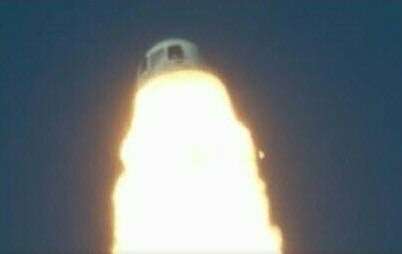
Jeff Bezos' space company Blue Origin said Friday it hopes to resume rocket flights "soon" following the conclusion of an investigation into a crash last year—but it must wait for US regulators to accept the findings.
The company's New Shepard suborbital rockets, which are intended for space tourism among other purposes, have been grounded following the September 2022 accident that occurred shortly after liftoff from Texas.
The incident marked a setback for the Amazon founder's company, though observers were encouraged by the fact that had people been aboard, they would have likely survived.
SpaceX launches its 20th mission of the year with launch of 56 Starlink satellites
Friday, 24 March 2023 20:24 SpaceX launched its 20th mission of 2023 on Friday (March 24), launching 56 of its Starlink internet satellites into low Earth orbit (LEO) and landing the first stage booster on a droneship offshore.
The mission, named Starlink Group 5-5, lifted off at 11:43 AM EDT (15:43 UTC) from Space Launch Complex 40 (SLC-40) from Florida's Cape Canaveral Space Force Station.
About eight and a h
SpaceX launched its 20th mission of 2023 on Friday (March 24), launching 56 of its Starlink internet satellites into low Earth orbit (LEO) and landing the first stage booster on a droneship offshore.
The mission, named Starlink Group 5-5, lifted off at 11:43 AM EDT (15:43 UTC) from Space Launch Complex 40 (SLC-40) from Florida's Cape Canaveral Space Force Station.
About eight and a h 3 astronauts delayed on space station to return in September
Friday, 24 March 2023 19:02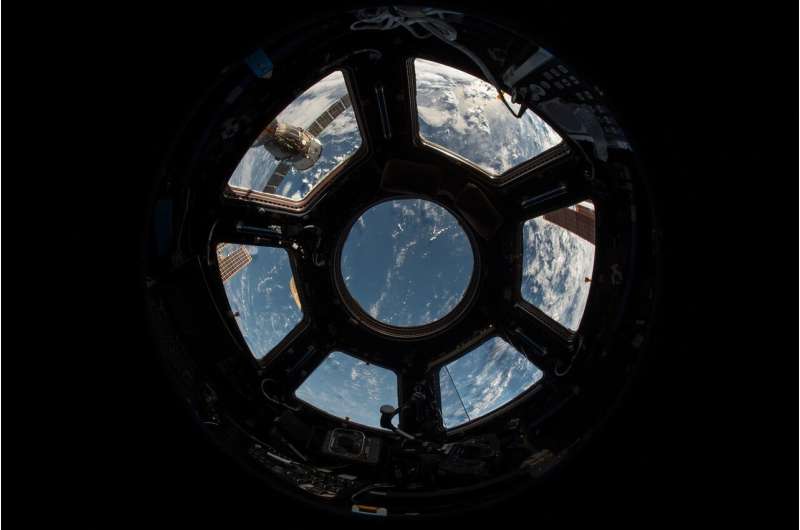
Three astronauts who were supposed to leave the International Space Station this month will be brought back to Earth in late September, doubling their time aboard the orbiting laboratory to more than a year, Russia's space agency announced Friday.
The return of Russians Sergey Prokopyev and Dmitri Petelin, and NASA's Frank Rubio was delayed after the Soyuz capsule they planned to ride in developed a coolant leak while docked to the space station.
An empty Soyuz was sent to the station in late February to serve as a rescue capsule. The three-person replacement crew that was originally scheduled to be aboard that capsule is now set to head for the space station on Sept. 15, the Roscosmos space agency said.
Prokopyev, Petelin and Rubio are to return on Sept. 27; they launched into space on Sept. 21, 2022.
© 2023 The Associated Press. All rights reserved. This material may not be published, broadcast, rewritten or redistributed without permission.
Bezos' rocket company pins crash on overheated engine nozzle
Friday, 24 March 2023 19:01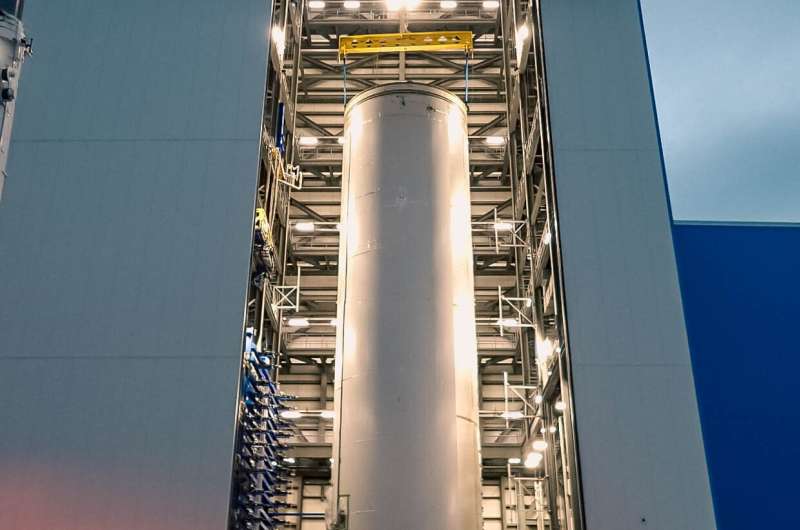
An overheated rocket engine nozzle caused last year's Blue Origin launch failure that has grounded flights for six months, the company said Friday.
Jeff Bezos' rocket company Blue Origin said it expects to resume its quick trips to space from West Texas sometime later this year.
The New Shepard rocket was carrying experiments but no passengers when its engine nozzle broke apart due to excessive temperatures last September.
As the rocket started veering off course a minute into flight, the escape system kicked in and the capsule catapulted off and parachuted to safety.
But the rocket came crashing down, with the wreckage confined to the designated keep-out zone.
No one was hurt and no property on the ground was damaged. All of the critical flight hardware was recovered within days.
The investigation found that a design change led to the problem, which is being fixed, according to Blue Origin. The next flight will carry the experiments that were on the failed launch.
It was the first launch accident for the Kent, Washington-based Blue Origin, founded in 2000 by Bezos, who also started Amazon.
Blue Origin blames New Shepard mishap on engine nozzle failure
Friday, 24 March 2023 18:47
Blue Origin says it is preparing to resume flights of its New Shepard suborbital vehicle after completing an investigation into a failed launch last September.
ABL Space gets $60 million for responsive launch demonstrations
Friday, 24 March 2023 17:45
ABL Space Systems, a California-based launch startup, announced March 24 it has secured a $60 million contract from the U.S.
Cape Congestion: World’s busiest spaceport stretched to its limits
Friday, 24 March 2023 17:39
Cape Canaveral’s infrastructure is being stretched to its limits as the world’s busiest launch site continues to get busier.
The post Cape Congestion: World’s busiest spaceport stretched to its limits appeared first on SpaceNews.

